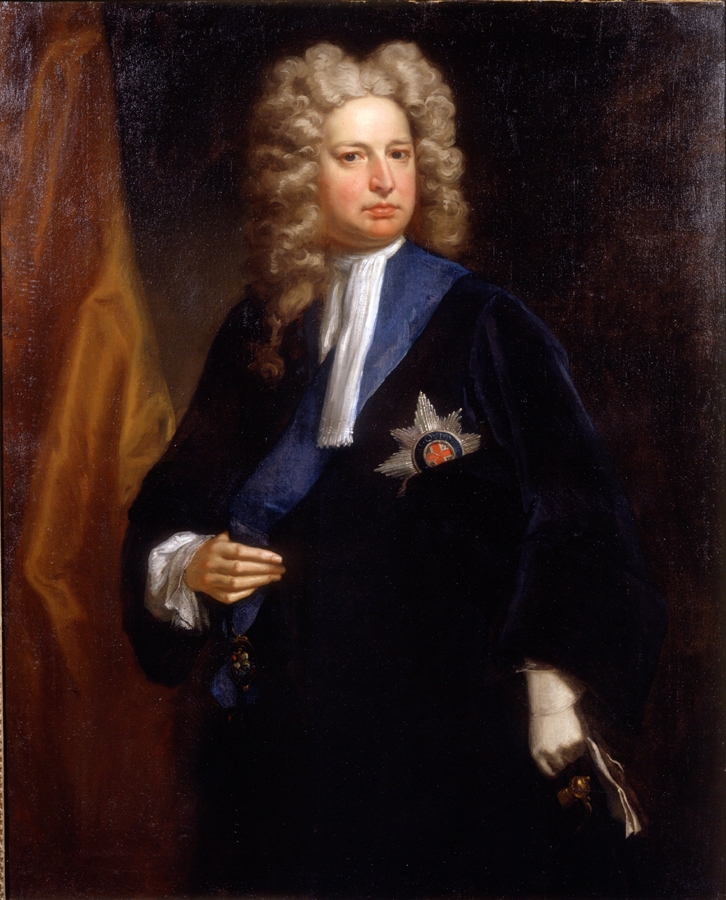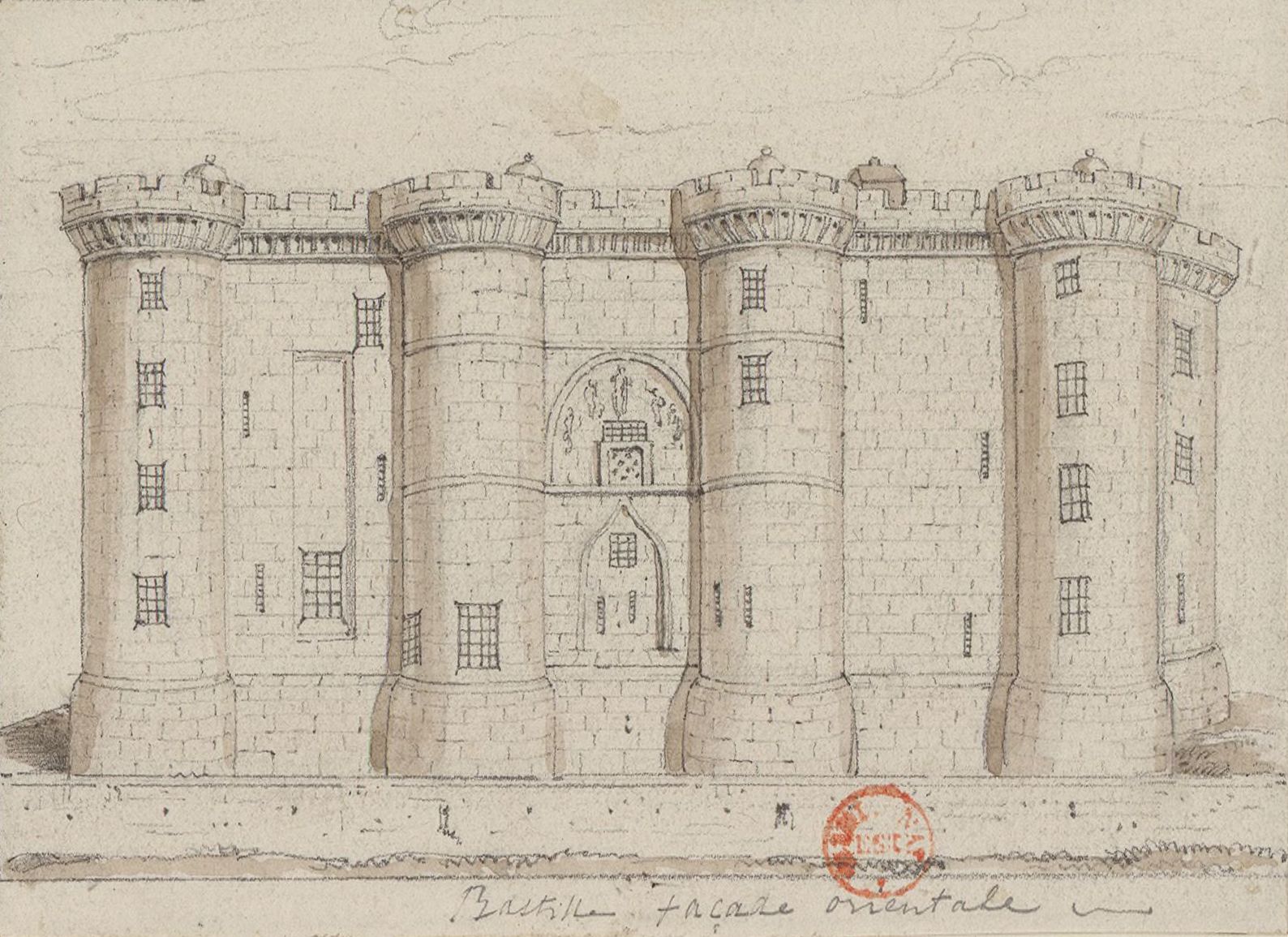|
Richard Steele
Sir Richard Steele ( – 1 September 1729) was an Anglo-Irish writer, playwright and politician best known as the co-founder of the magazine ''The Spectator (1711), The Spectator'' alongside his close friend Joseph Addison. Early life Steele was born in Dublin, Ireland, in 1671 to Richard Steele, a wealthy attorney, and Elinor Symes (''née'' Sheyles); his sister Katherine was born the previous year. He was the grandson of William Steele (Lord Chancellor of Ireland), Sir William Steele, Lord Chancellor of Ireland and his first wife Elizabeth Godfrey. His father lived at Mountown House, Monkstown, County Dublin. His mother, of whose family background little is known, was described as "a very beautiful woman, of a noble spirit". His father died when he was four, and his mother a year later. Steele was largely raised by his uncle and aunt, Henry Gascoigne (secretary to James Butler, 1st Duke of Ormonde), and Lady Katherine Mildmay. A member of the Protestant gentry, he was edu ... [...More Info...] [...Related Items...] OR: [Wikipedia] [Google] [Baidu] |
Jonathan Richardson
Jonathan Richardson (12 January 1667 – 28 May 1745), sometimes called "the Elder" to distinguish him from his son (Jonathan Richardson the Younger), was an English artist, collector of drawings and writer on art, working almost entirely as a portrait-painter in London. He was considered by some art-critics as one of the three foremost painters of his time. He was the master of Thomas Hudson and George Knapton. Richardson was even more influential as a writer; he is credited with inspiring Joshua Reynolds to paint and theorise with his book ''An Essay on the Theory of Painting''.Jonathan Richardson London – National Portrait Gallery, accessed January 2010 This book is credited with being "the first significant work of artistic theory in English." Life [...More Info...] [...Related Items...] OR: [Wikipedia] [Google] [Baidu] |
The Lying Lover
''The Lying Lover; Or, The Lady's Friendship'' is a 1703 comedy play by the Irish writer Richard Steele. It was his second play, written while he was an army office doing garrison duty in Harwich during the War of the Spanish Succession. It is described as being both a restoration comedy and a sentimental comedy, and marked the transition between the two. It premiered at the Theatre Royal, Drury Lane in London London is the Capital city, capital and List of urban areas in the United Kingdom, largest city of both England and the United Kingdom, with a population of in . London metropolitan area, Its wider metropolitan area is the largest in Wester .... The original cast included Philip Griffin as Old Bookwit, Robert Wilks as Young Bookwit, John Mills (stage actor), John Mills as Lovemore, Colley Cibber as Latine, William Pinkethman as Storm, William Bullock (actor), William Bullock as Charcoal, Jane Rogers (17th-century actress), Jane Rogers as Penelope, Jane Lucas as ... [...More Info...] [...Related Items...] OR: [Wikipedia] [Google] [Baidu] |
Isaac Bickerstaff
Isaac Bickerstaff Esq was a pseudonym used by Jonathan Swift as part of a hoax to predict the death of then-famous Almanac-maker and astrologer John Partridge. "All Fools' Day" (1 April, now known as April Fools' Day) was Swift's favourite holiday, and he often used this day to aim his satirical wit at non-believers in an attempt to "make sin and folly bleed". Disgruntled by Partridge's sarcastic attack about the "''infallible'' Church" written in his 1708 issue of ''Merlinus Almanac'', Swift projected three letters and a eulogy as an elaborate plan to "predict" Partridge's "''infallible'' death" on 29 March, the anniversary of the famous 1652 " Black Monday" eclipse, widely seen as discrediting to astrology. The first of the three letters, ''Predictions for the Year 1708'', published in January 1708, predicts, among other things, the death of Partridge by a "raging fever". In the second letter, ''The Accomplishment of the First of Mr. Bickerstaff's Predictions'', published in Ma ... [...More Info...] [...Related Items...] OR: [Wikipedia] [Google] [Baidu] |
Tatler (1709)
''The Tatler'' was a British literary and society journal begun by Richard Steele in 1709 and published for two years. It represented a new approach to journalism, featuring cultivated essays on contemporary manners, and established the pattern that would be copied in such British classics as Addison and Steele's ''The Spectator'', Samuel Johnson's '' The Rambler'' and '' The Idler'', and Goldsmith's ''Citizen of the World''. ''The Tatler'' would also influence essayists as late as Charles Lamb and William Hazlitt. Addison and Steele liquidated ''The Tatler'' in order to make a fresh start with the similar ''Spectator'', and the collected issues of ''Tatler'' are usually published in the same volume as the collected ''Spectator''. 1709 journal ''The Tatler'' was founded in 1709 by Richard Steele, who used the pen name " Isaac Bickerstaff, Esquire". This is the first known such consistently adopted journalistic ''persona'', which adapted to the first person, as it were, th ... [...More Info...] [...Related Items...] OR: [Wikipedia] [Google] [Baidu] |
Earl Of Oxford
Earl of Oxford is a dormant title in the Peerage of England, first created for Aubrey de Vere, 1st Earl of Oxford, Aubrey de Vere by the Empress Matilda in 1141. De Vere family, His family was to hold the title for more than five and a half centuries, until the death of the Aubrey de Vere, 20th Earl of Oxford, 20th Earl in 1703. The de Veres were also hereditary holders of the office of Lord Great Chamberlain, Master Chamberlain of England from 1133 until the death of the Henry de Vere, 18th Earl of Oxford, 18th Earl in 1625. Their primary seat was Hedingham Castle in Essex, but they held lands in southern England and the Midlands, particularly in eastern England. The actual earldom was called "Oxenford" until at least the end of the 17th century. Medieval sources thus refer to "my lord of Oxenford" when speaking of the earl. Earls of Oxford (1141) Soon after his father's death in 1141, Aubrey III de Vere was recruited by Empress Matilda. Aubrey's brother-in-law, Geoffrey de Ma ... [...More Info...] [...Related Items...] OR: [Wikipedia] [Google] [Baidu] |
Robert Harley, 1st Earl Of Oxford And Earl Mortimer
Robert Harley, 1st Earl of Oxford and Earl Mortimer, KG PC FRS (5 December 1661 – 21 May 1724) was a British statesman of the late Stuart and early Georgian periods. He began his career as a Whig, before defecting to a new Tory ministry. He was raised to the peerage of Great Britain as an earl in 1711. Between 1711 and 1714 he served as Lord High Treasurer, effectively Queen Anne's chief minister. He has been called a ''prime minister'', although it is generally accepted that the de facto first minister to be a prime minister was Robert Walpole in 1721. The central achievement of Harley's government was the negotiation of the Treaty of Utrecht with France in 1713, which brought an end to twelve years of English and Scottish involvement in the War of the Spanish Succession. In 1714 Harley fell from favour following the accession of the first monarch of the House of Hanover, George I, and was for a time imprisoned in the Tower of London by his political enemies. He wa ... [...More Info...] [...Related Items...] OR: [Wikipedia] [Google] [Baidu] |
Anne, Queen Of Great Britain
Anne (6 February 1665 – 1 August 1714) was List of English monarchs, Queen of England, List of Scottish monarchs, Scotland, and List of Irish monarchs, Ireland from 8 March 1702, and List of British monarchs, Queen of Great Britain and Ireland following the ratification of the Acts of Union 1707 merging the kingdoms of Kingdom of Scotland, Scotland and Kingdom of England, England, until her death in 1714. Anne was born during the reign of her uncle Charles II of England, King Charles II. Her father was Charles's younger brother and heir presumptive, James II of England, James, whose suspected Roman Catholicism was unpopular in England. On Charles's instructions, Anne and her elder sister Mary II of England, Mary were raised as Anglicans. Mary married her Dutch Reformed Church, Dutch Protestant cousin, William III of Orange, in 1677, and Anne married the Lutheran Prince George of Denmark in 1683. On Charles's death in 1685, James succeeded to the throne, but just three years ... [...More Info...] [...Related Items...] OR: [Wikipedia] [Google] [Baidu] |
Prince George Of Denmark
Prince George of Denmark and Norway, Duke of Cumberland (; 2 April 165328 October 1708), was the husband of Anne, Queen of Great Britain. He was the consort of the British monarch from Anne's accession on 8 March 1702 until his death in 1708. The marriage of George and Anne was arranged in the early 1680s with a view to developing an Anglo-Danish alliance to contain Dutch maritime power. As a result, George was disliked by his Dutch brother-in-law, William III, Prince of Orange, who was married to Anne's elder sister, Mary II of England, Mary. Anne and Mary's father, the British ruler James II and VII, was deposed in the Glorious Revolution in 1688, and William and Mary succeeded him as joint monarchs with Anne as heir presumptive. The new monarchs granted George the title of Duke of Cumberland. William excluded George from active military service, and neither George nor Anne wielded any great influence until after the deaths of Mary and then William, at which p ... [...More Info...] [...Related Items...] OR: [Wikipedia] [Google] [Baidu] |
John Vanbrugh
Sir John Vanbrugh (; 24 January 1664 (baptised) – 26 March 1726) was an English architect, dramatist and herald, perhaps best known as the designer of Blenheim Palace and Castle Howard. He wrote two argumentative and outspoken Restoration comedies, '' The Relapse'' (1696) and '' The Provoked Wife'' (1697), which have become enduring stage favourites but originally occasioned much controversy. He was knighted in 1714.Robert Chambers, Book of Days Vanbrugh was in many senses a radical throughout his life. As a young man and a committed Whig, he was part of the scheme to overthrow James II and put William III on the throne. He was imprisoned by the French as a political prisoner. In his career as a playwright, he offended many sections of Restoration and 18th century society, not only by the sexual explicitness of his plays, but also by their messages in defence of women's rights in marriage. He was attacked on both counts, and was one of the prime targets of Jerem ... [...More Info...] [...Related Items...] OR: [Wikipedia] [Google] [Baidu] |
Mary Steele
Mary, Lady Steele ( Scurlock; November 1678 – 26 December 1718) was the second wife of Sir Richard Steele, whom she married in 1707. Heiress to an estate She was born in Carmarthen, the only child of Jonathan Scurlock, Sheriff of Carmarthen. She inherited the family's Llangunnor estate, where Steele retired a few years before his death in 1729. Correspondence The correspondence between Richard Steele and his wife, whom he nicknamed "Prue" (because of her frugality), is famous. They are believed to have met in 1706, at the funeral of his first wife, Margaret, and married in the following year. Prior to this, in February 1704, Mary had been unsuccessfully sued for breach of promise by a man named Henry Owen, whom she accused of being a fortune-hunter. Life in London Following their marriage, they took up residence in London, but Steele's precarious financial position made it difficult for them to keep up the rent and they were forced to move to properties in less fashionabl ... [...More Info...] [...Related Items...] OR: [Wikipedia] [Google] [Baidu] |
Barbados
Barbados, officially the Republic of Barbados, is an island country in the Atlantic Ocean. It is part of the Lesser Antilles of the West Indies and the easternmost island of the Caribbean region. It lies on the boundary of the South American Plate, South American and Caribbean Plate, Caribbean plates. Its capital and largest city is Bridgetown. Inhabited by Island Caribs, Kalinago people since the 13th century, and prior to that by other Indigenous peoples of the Americas, Indigenous peoples, Barbados was claimed for the Crown of Castile by Spanish navigators in the late 15th century. It first appeared on a Spanish map in 1511. The Portuguese Empire claimed the island between 1532 and 1536, but abandoned it in 1620 with their only remnants being the introduction of wild boars intended as a supply of meat whenever the island was visited. An Kingdom of England, English ship, the ''Olive Blossom'', arrived in Barbados on 14 May 1625; its men took possession of the island in the n ... [...More Info...] [...Related Items...] OR: [Wikipedia] [Google] [Baidu] |
Slave Plantation
A slave plantation is an agricultural farm that uses enslaved people for labour. The practice was abolished in most places during the 19th century. Slavery Planters embraced the use of slaves mainly because indentured labor became expensive. Some indentured servants were also leaving to start their farms as land was widely available. Colonists in the Americas tried using Native Americans for labor, but they were susceptible to European diseases and died in large numbers. The plantation owners then turned to enslaved Africans for labor. In 1665, there were fewer than 500 Africans in Virginia but by 1750, 85 percent of the 235,000 slaves in the Thirteen Colonies lived in the southern colonies, Virginia included. Africans made up 40 percent of the South's population. According to the 1840 United States census, one out of every four families in Virginia owned slaves. There were over 100 plantation-owners who owned over 100 slaves. The number of slaves in the 15 States was jus ... [...More Info...] [...Related Items...] OR: [Wikipedia] [Google] [Baidu] |







